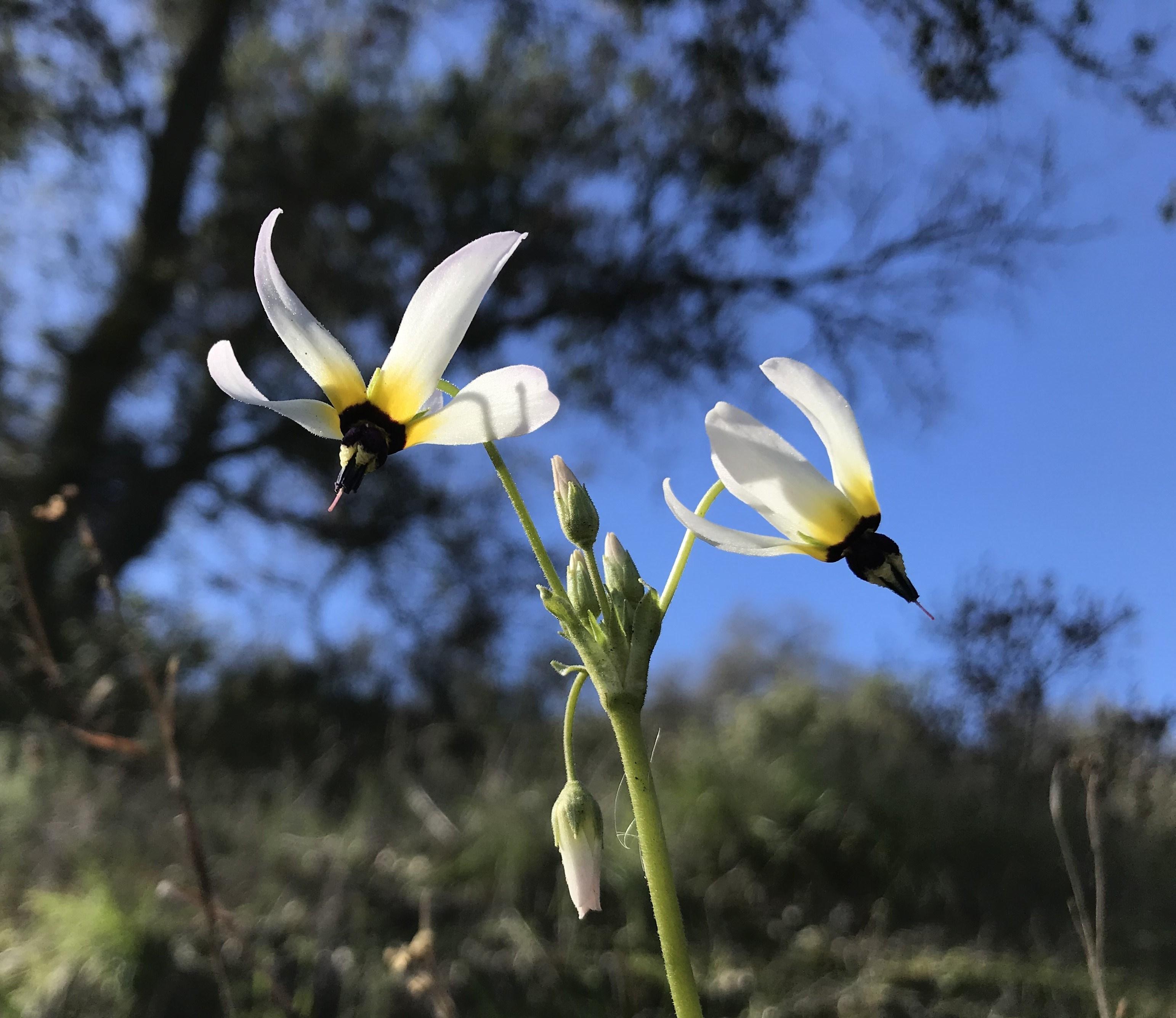
Winter Renewal on The Nature Reserve
Welcome to 2024’s first edition of Nature News! If this is your first time reading our quarterly newsletter, we hope you’ll find it fun and informative. This quarterly publication allows us to keep you updated throughout the year on current and upcoming happenings on The Nature Reserve.
In this new year, I encourage you to find time to connect, or perhaps reconnect, with Nature. As the days grow longer, take advantage of light offered by the sun to explore a new trail, to learn a new outdoor skill, or simply to sit quietly and listen to birds. To be on The Nature Reserve in winter is to watch a transformation take place. In many places of the world, winter is a time for hibernation and slowing down. On The Nature Reserve, winter is a time for renewal and growth. The changes are visible everywhere, and they are breathtaking. In stark contrast to the bareness of the sycamores and darker sky, the hillsides are covered in a stubble of bright green grasses. Mushrooms are emerging from beneath the ground and sages sprout new leaves on seemingly dead branches.
In the upcoming months, we will offer many of these opportunities. In February, we’ll kick off our Winter/Spring Speaker Series with Cougars, Cocktails, and Conservation. This presentation on local Mountain lions will be followed by other natural and cultural history presentations showcasing the rich diversity of the habitat reserve.
There will be plenty of outdoor events and programs too. Current weather predictions indicate a wet year ahead of us which will bring about a beautiful showcase of wildflowers, and as usual “Padre’s Shooting Stars” will be one of our first bloomers. Just after winter’s first rain, we’ll begin to see their small green rosettes emerging from the ground. Then just like fireworks, individual flowers burst outward and downward from the stalk. The petals bent backwards as if the force of descending into the atmosphere was too strong for the plant to keep the petals upright any longer. In full bloom, Padre’s shooting stars, look like an umbrella of falling stars – their white petals, tinged with purple and yellow. The flowers remain turned downward, suspended in space, waiting for a passing bee. As individual flowers are pollinated, they slowly turn upward once again toward the sun, and hold that position, like a rocket ship ready for flight. But make sure you come to see them early because just like real shooting stars, they will be gone quickly. By the end of February, the shooting stars will give way to other wildflowers like mariposa lilies, fiesta flowers, and California buttercups.
If you are looking for opportunities to see real shooting stars, winter is a fantastic time to join us for an Astronomy Night. Clear winter nights provide spectacular views of constellations such as Orion’s Belt and the Big Dipper. Full Moon hikes are also a unique way to explore Nature Reserve trails with moonlight illuminating your path and bathing the landscape in its light.
Whether you choose daytime or nighttime, or both, let’s get outdoors and explore this winter.
